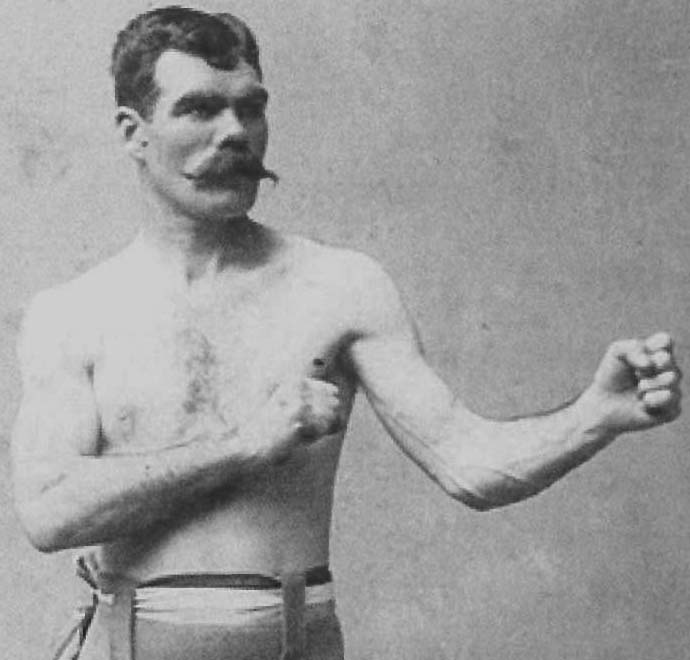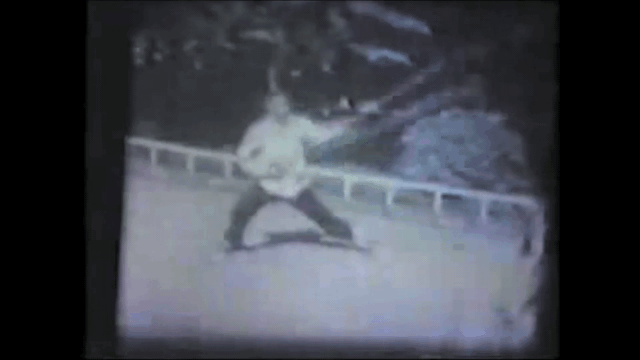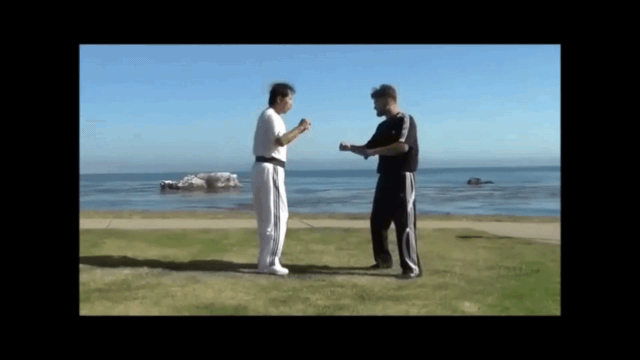Flying Crane
Sr. Grandmaster
If full body connection has not been part of your training, then it is not something you can effectively do on the spot, for the sake of a test on a strike meter. Like anything, it takes time and work to become skilled at it.In my tests with a strike meter, the arm actually proved the most important. The whole body punch might have more weight behind it, but velocity is more important to kinetic energy than mass. Energy = Mass * Velocity Squared. Velocity is doubly important, and you lose that when your acceleration is from Point A to Point A Adjacent.
obviously I don’t know how you train. Your comment suggests to me that full-body connection is not a regular part of how you train. Feel free to correct me if it am wrong about that. But at any rate, I suspect your test on the strike meter in this case is faulty.







